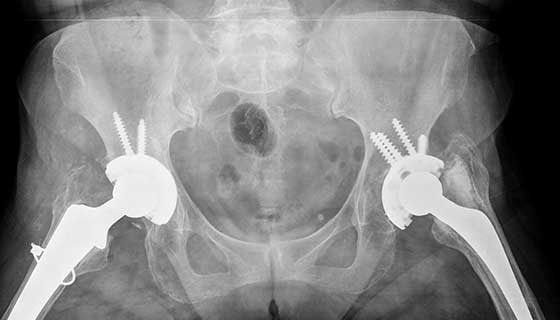


Hip replacement is a surgical procedure in which the hip joint is replaced by a prosthetic implant, that is, a hip prosthesis. Hip replacement surgery can be performed as a total replacement or a hemi/semi replacement.
What is in total hip replacement?
In a total hip replacement (also called total hip arthroplasty), the damaged bone and cartilage is removed and replaced with prosthetic components. The damaged femoral head is removed and replaced with a metal stem that is placed into the hollow center of the femoral canal. The acetabular component is placed similarly after preparation.
What is the 90% rule with hip replacement?
In the first few weeks and months after surgery, you need to avoid bending more than 90 degrees, crossing your legs and twisting or pivoting at the hip. This means that activities such as driving or exercising are best avoided in the first few weeks after surgery.
Can you climb stairs after hip replacement?
Typically, the non-operated leg goes up the stairs first, followed by the operated leg, while holding onto a railing or using crutches for support. Week 6 to 12: By this time, many patients can climb stairs without assistance, though some may still prefer to use a railing or support for confidence and stability.
What is not allowed after hip replacement?
You will need to be careful to not dislocate your new hip when you are walking, sitting, lying down, dressing, taking a bath or shower, and doing other activities. Avoid sitting in a low chair or soft sofa. Keep moving and walking once you get home. Try not to sit for more than 45 minutes at a time.
Can you lead a normal life after a hip replacement?
Even though you will be able to resume most activities, you may have to change the way you do them. For example, you may have to learn new ways of bending down that keep your new hip safe. The suggestions you find here will help you enjoy your new hip while you safely resume your daily routines.